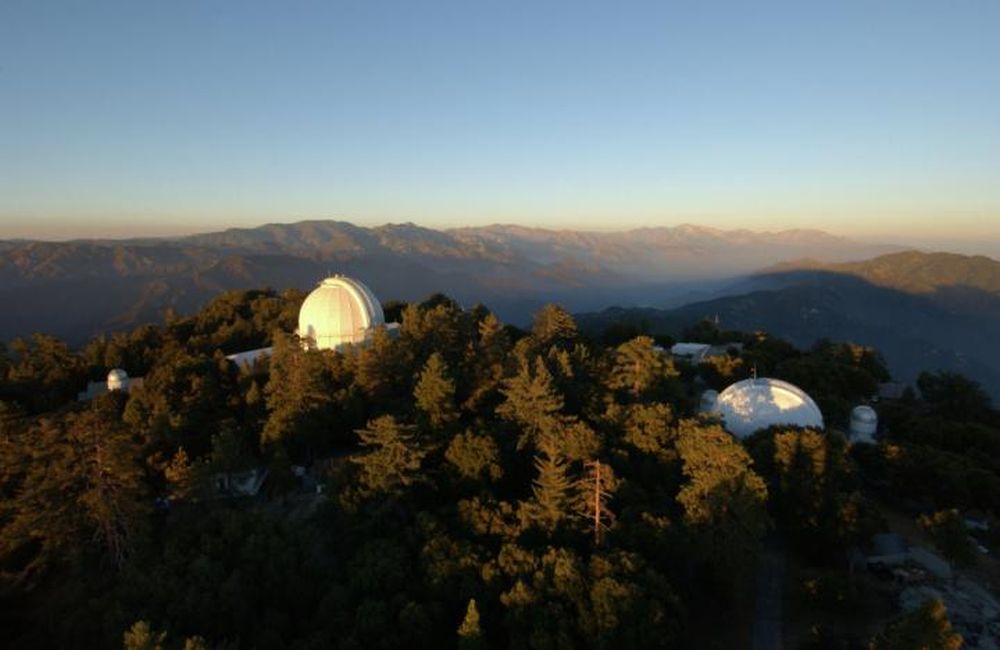
After 20 years of observations, Georgia State University's CHARA (Center for High Angular Resolution Astronomy) has proven its worth. In 2005, The Astrophysical Journal published the first results based on its observations. Since then, more than 275 papers based on CHARA observations have been published, and the facility is still going strong heading into its third decade of operations.
Continue reading
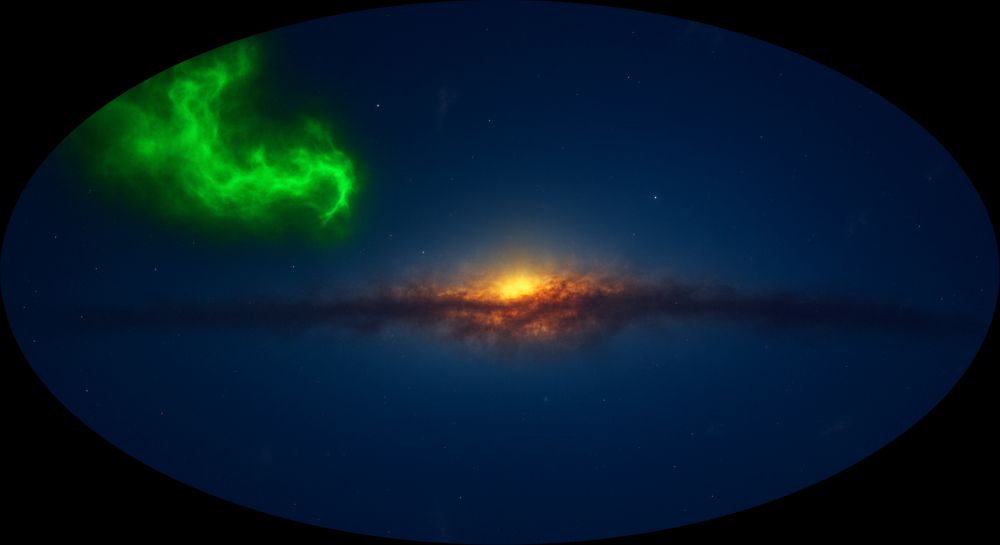
Researchers working with China's Five-hundred-meter Aperture Spherical radio Telescope (FAST) have revealed some of the complexity in a type of cloud in the ISM. They've detected a network of filaments in one Very High Velocity Cloud (VHVC). The observations hint at the complexity that can evolve in these clouds, all without the influence of gravity.
Continue reading
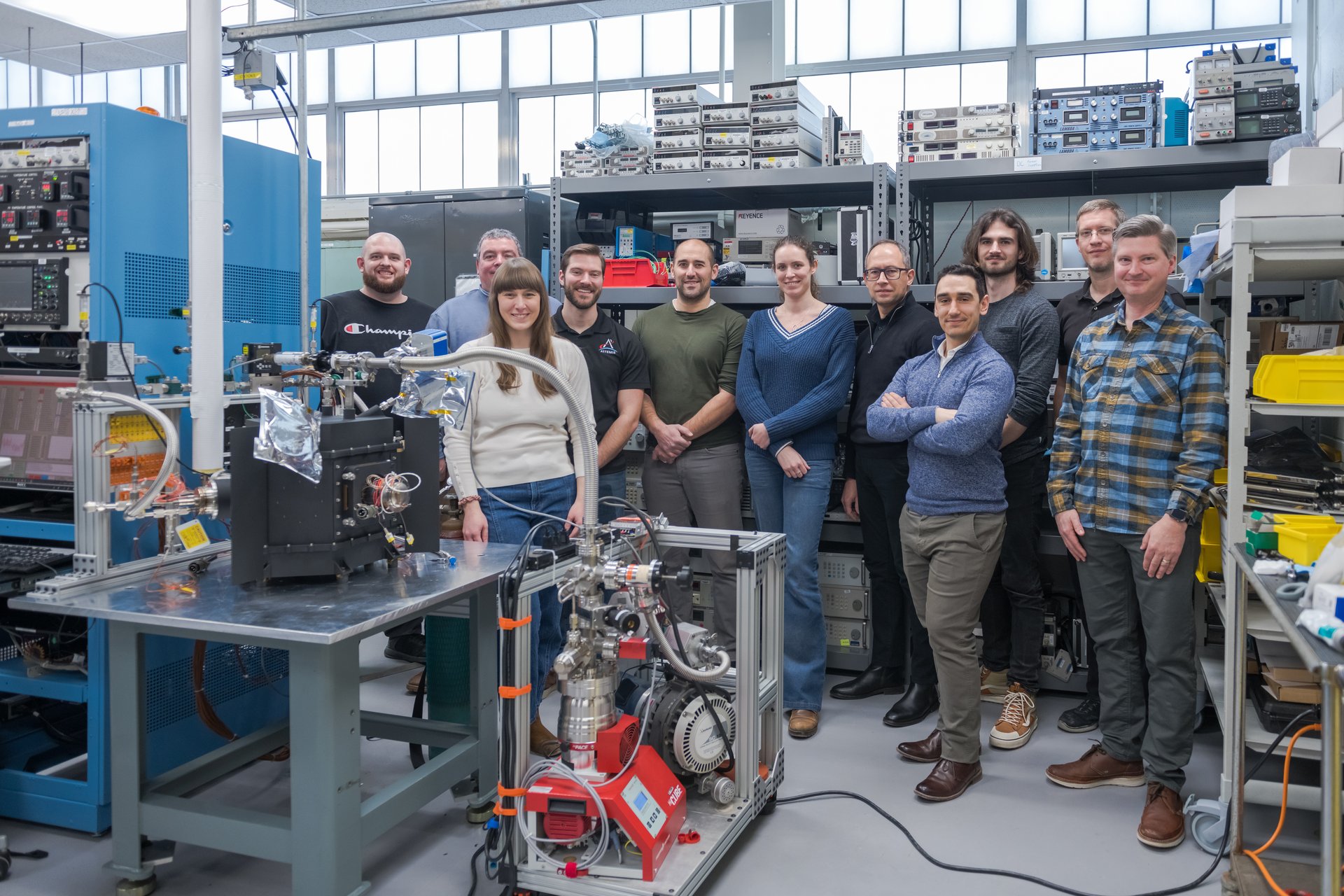
To explore the unknown in deep space, millions of miles away from Earth, it’s crucial for spacecraft to have ample power. NASA’s radioisotope power systems (RPS) that rely on are a viable option for these missions and have been used for over 60 years. Now, NASA is testing a new type of RPS fuel that could become an additional option for future long-duration journeys to extreme environments.
Continue reading
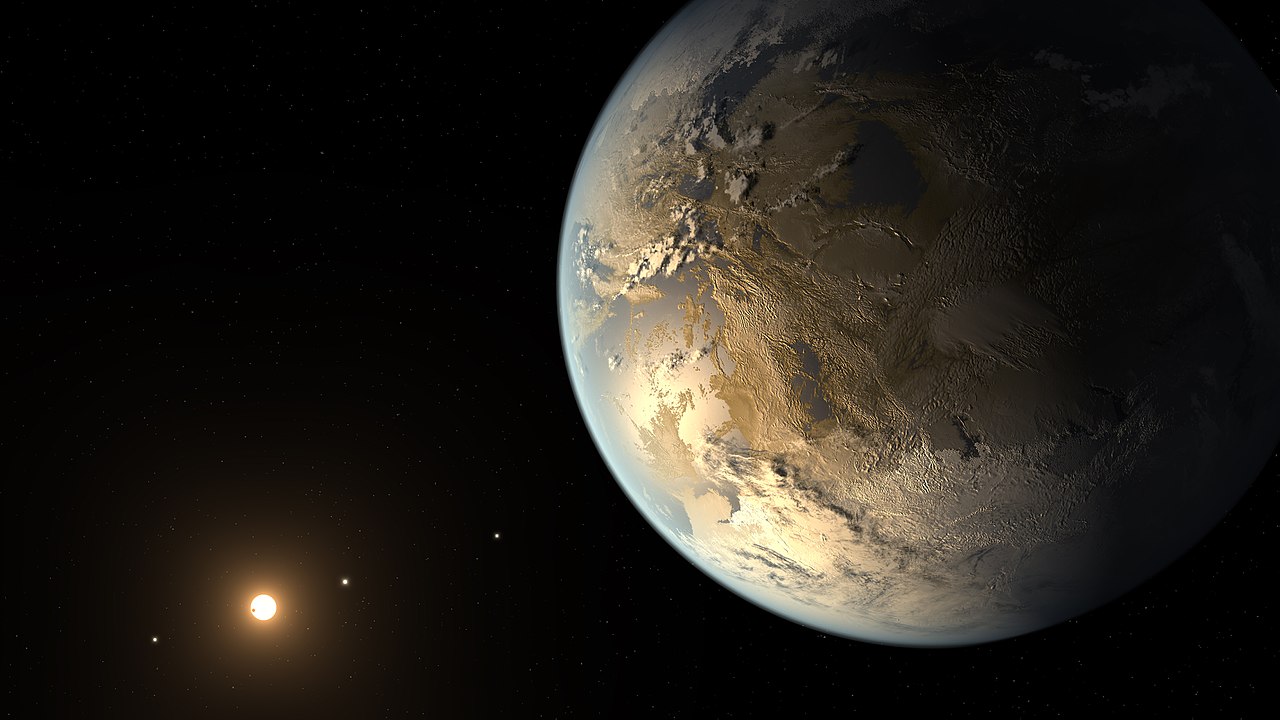
Astronomers have discovered an extraordinary world that defies everything we thought we knew about planets. TOI-2431 b, an Earth sized planet located just 117 light years away, races around its star so fast that it experiences over 1,600 "years" in the time it takes Earth to complete just one orbit. The discovery of this extreme world, with its distorted shape and ultra dense composition, is revolutionising our understanding of planetary systems and revealing just how bizarre and diverse worlds beyond our Solar System can be.
Continue reading
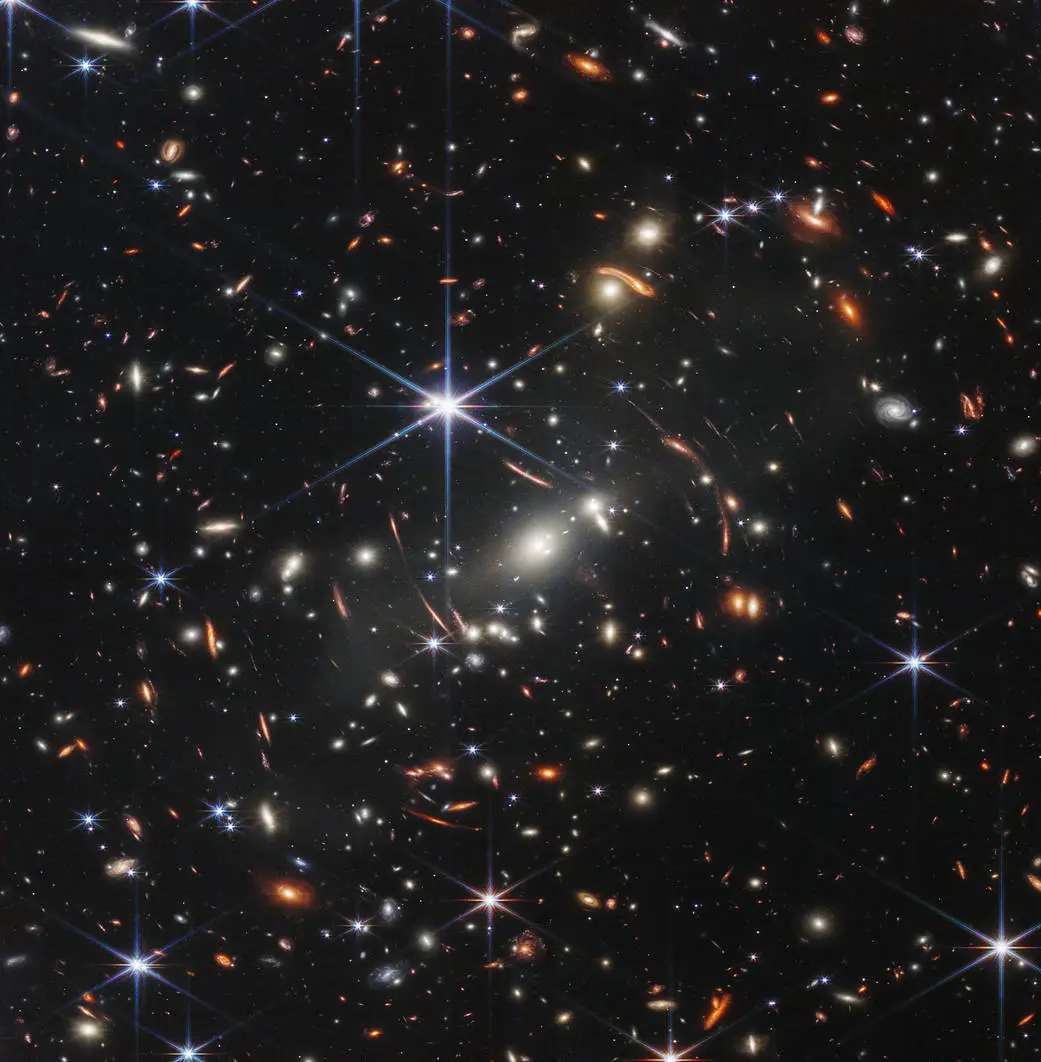
Black holes played a critical role in the formation of the early universe. However, astronomers have been debating for a long time just how critical, as the information we had about early black holes, which exist at high red-shifts, was relatively limited. A new paper from a group of researchers led by Sophia Geris at the University of Cambridge combined several spectra from the James Webb Space Telescope (JWST) to add some context to the formation of black holes early in the universe, and found that there are plenty of smaller ones lurking around, and lending credence to the idea that black holes of all sizes contributed to the formation of our modern universe.
Continue reading

What new exercise methods can be devised for astronauts in space under microgravity conditions? This is what a recent study conducted submitted to the 2025 Technology Collaboration Center’s (TCC) Wearables Workshop and University Challenge hopes to address as a team of Rice University engineering students developed a new type of space exercise harness that could make exercising under microgravity easier and more comfortable.
Continue reading
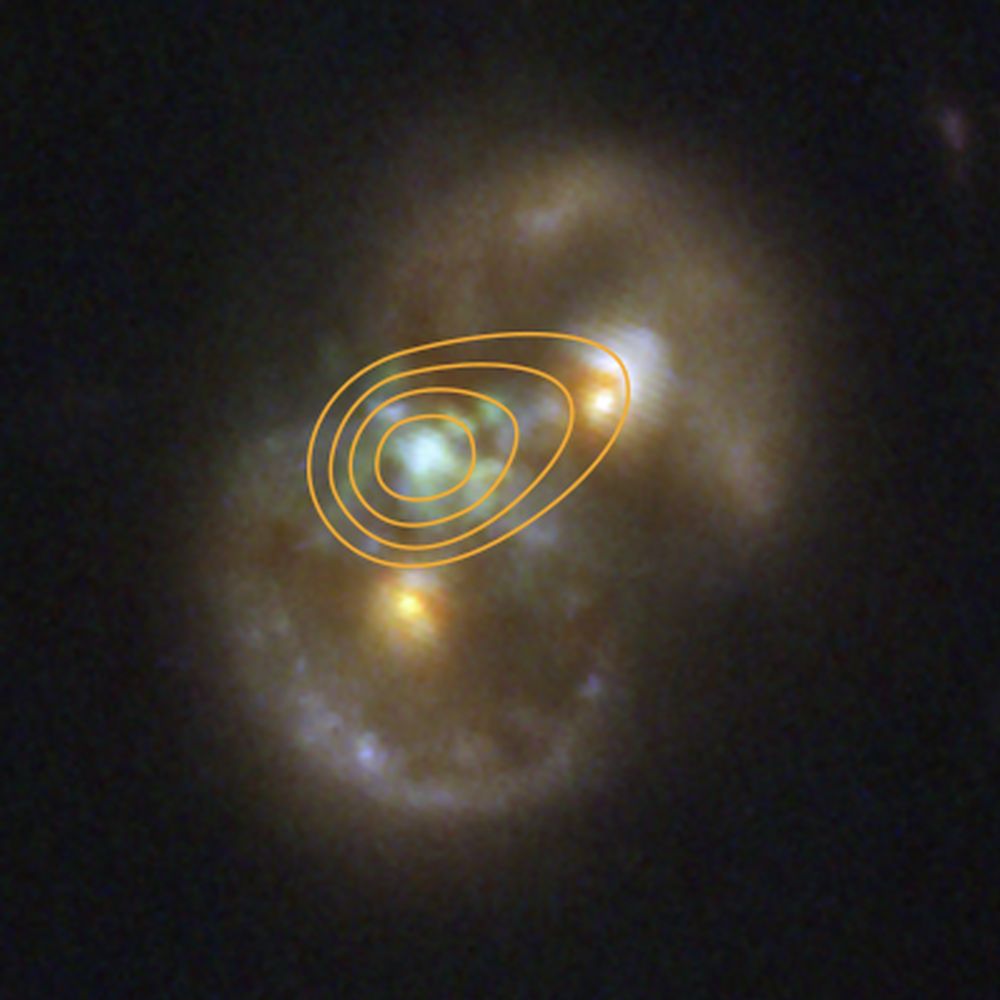
Stellar mass black holes are created by core-collapse supernovae. These occur when massive stars near the end of their lives collapse in on themselves and form a black hole. Supermassive black holes form through mergers with other massive black holes. But their could be a third kind, called direct-collapse black holes, and the JWST found evidence of one.
Continue reading
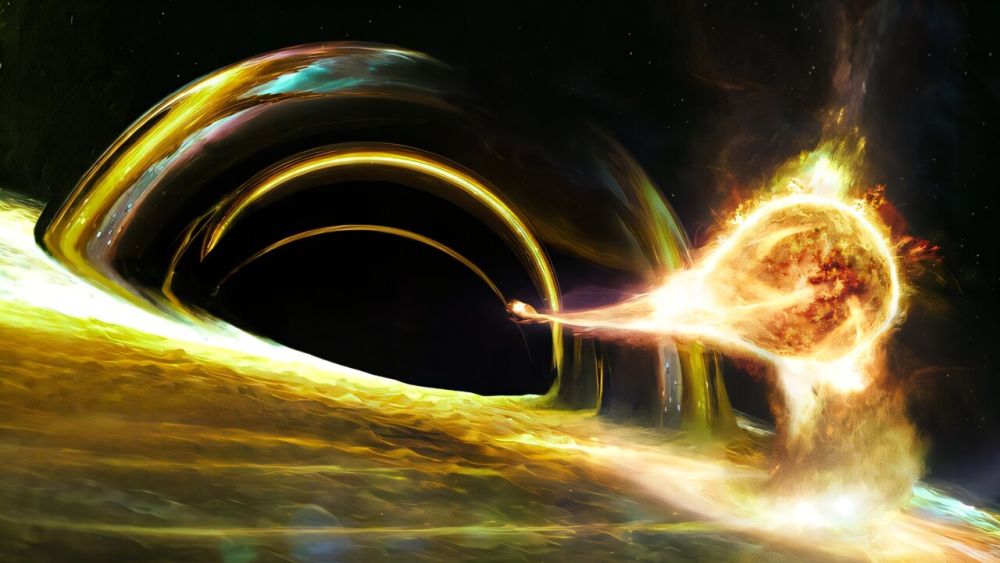
Lightning might not strike twice, but black holes apparently do. An international group of researchers led by Tel Aviv University astronomers observed a flare caused when a star falls onto a black hole and is destroyed.
Continue reading
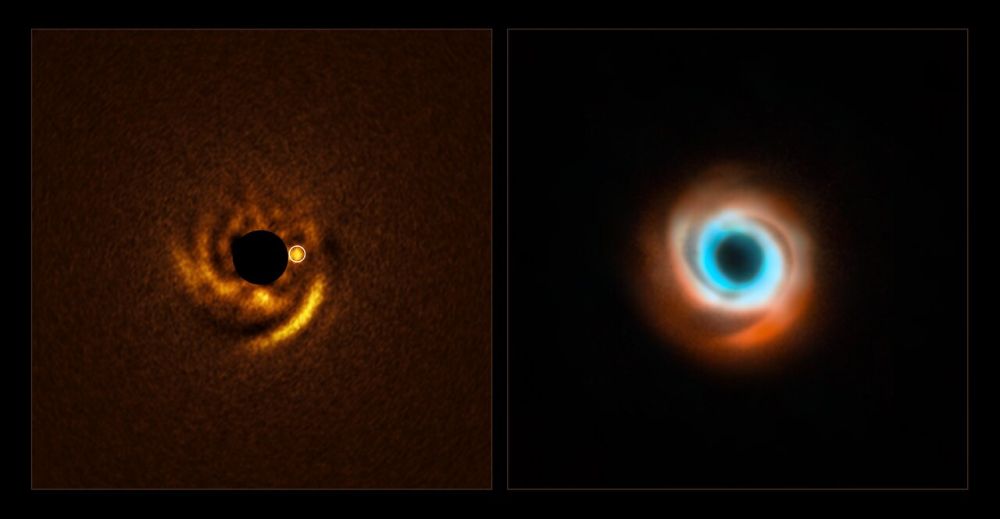
We can understand how Earth formed by watching other planets form in distant solar systems. Powerful telescopes like the VLT are making that possible. New observations show a baby planet sculpting patterns in the gas and dust around its star.
Continue reading
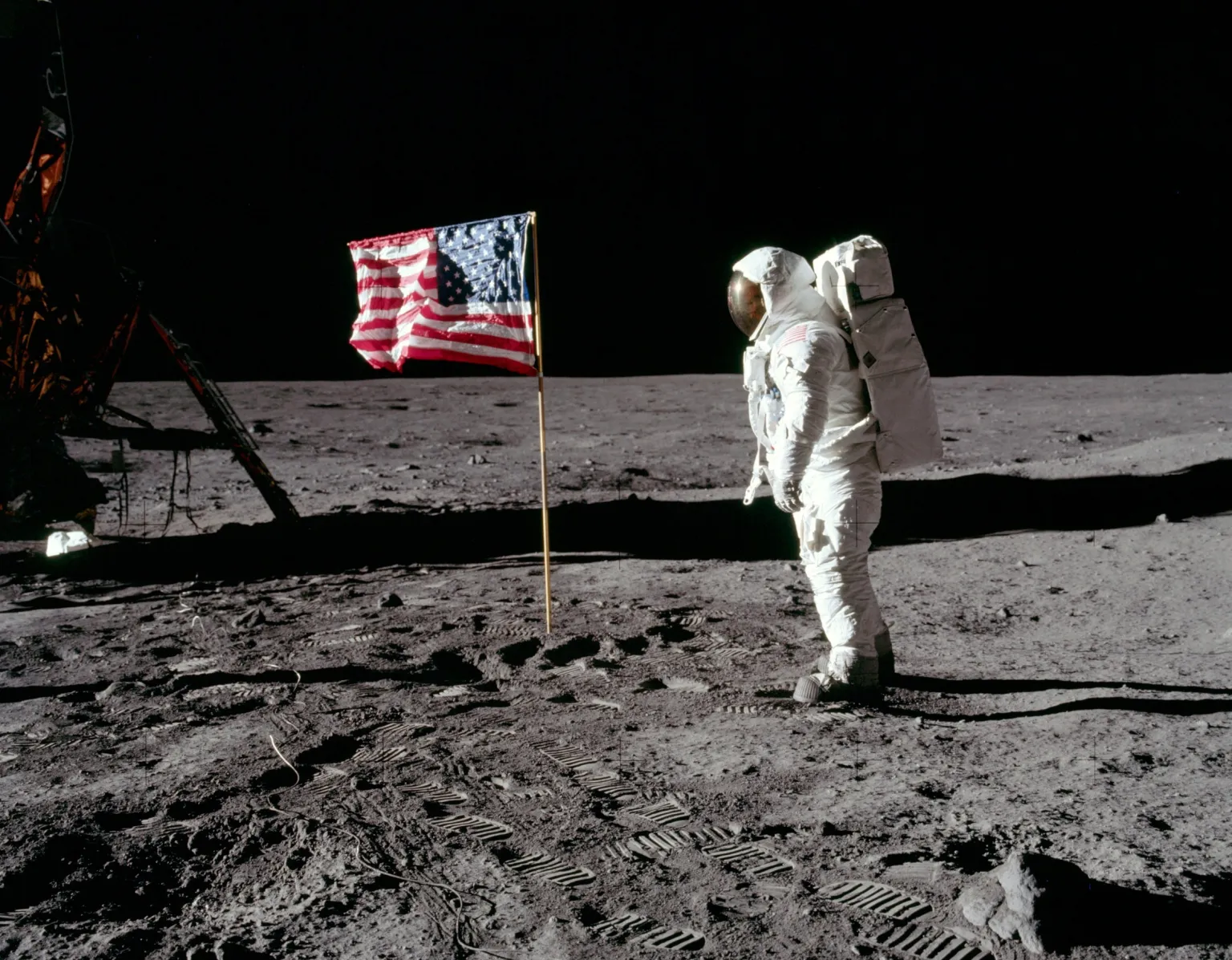
It is true that crewed missions to the Moon are expensive, difficult, and dangerous.
Continue reading
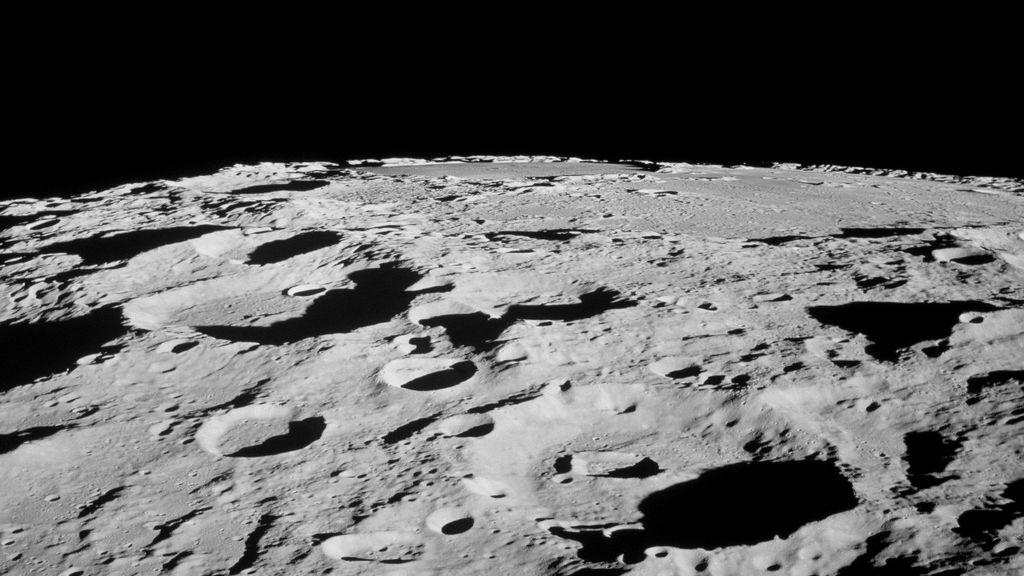
It seems the Moon has been protecting itself from cosmic erosion all along! Using Apollo moon dust for the first time, a team of researchers found that the lunar surface's rough, porous texture acts as a natural shield against solar wind bombardment, thus reducing erosion rates by up to ten times more than previously thought. This groundbreaking finding not only solves a long standing puzzle about the Moon's thin atmosphere but also rewrites our understanding of how rocky planets lose material to space, with major implications for upcoming missions to the Moon and Mercury.
Continue reading
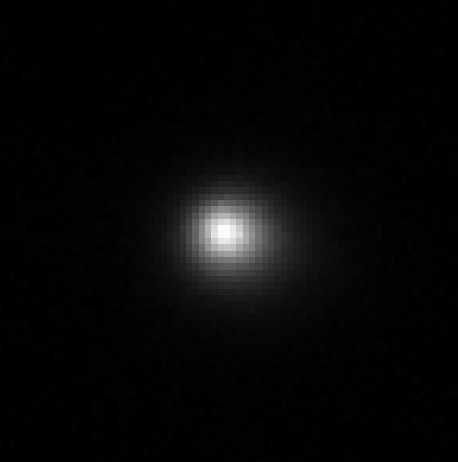
Sometimes serendipity happens in science. Whether it’s an apple falling from a tree or a melting chocolate bar, some of the world’s greatest discoveries come from happy accidents, even if their stories may be apocryphal. According to a new paper on arXiv, there’s a new story to add to the archives of serendipitous scientific discoveries - Rubin happened to make observations of interstellar object 3I/ATLAS before its official discovery, while the telescope was still in its Science Validation survey, marking the earliest, high resolution images we will likely get of the comet at that time.
Continue reading
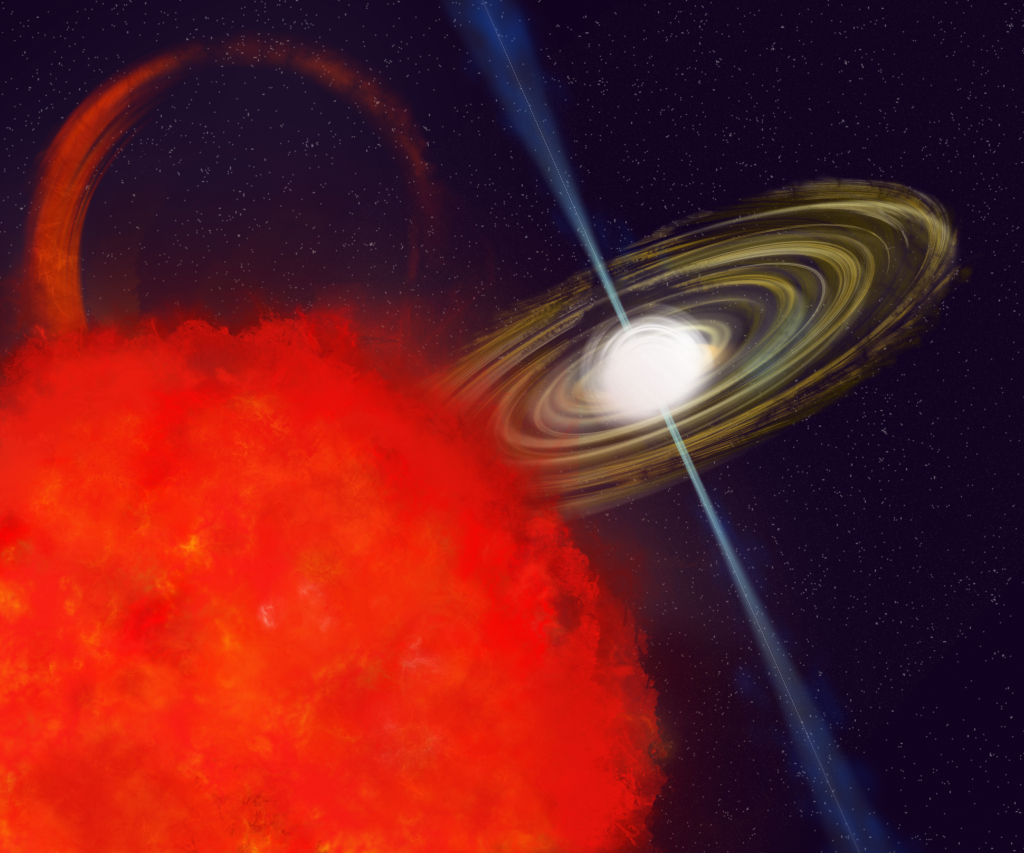
Continue reading
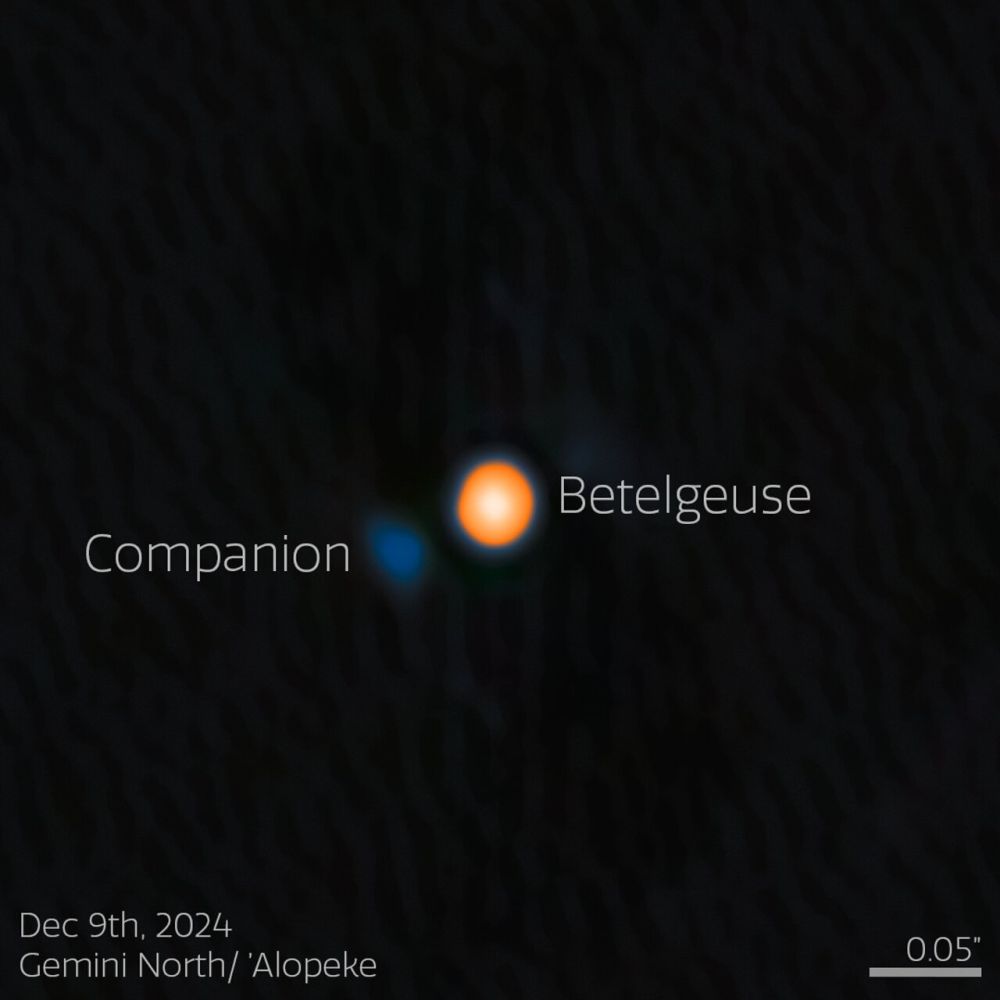
Astronomers have discovered a companion star in an incredibly tight orbit around Betelgeuse using the NASA and U.S. National Science Foundation-funded ‘Alopeke' instrument on Gemini North, one half of the International Gemini Observatory, partly funded by the NSF and operated by NSF NOIRLab. This discovery answers the longstanding mystery of the star’s varying brightness and provides insight into the physical mechanisms behind other variable red supergiants.
Continue reading
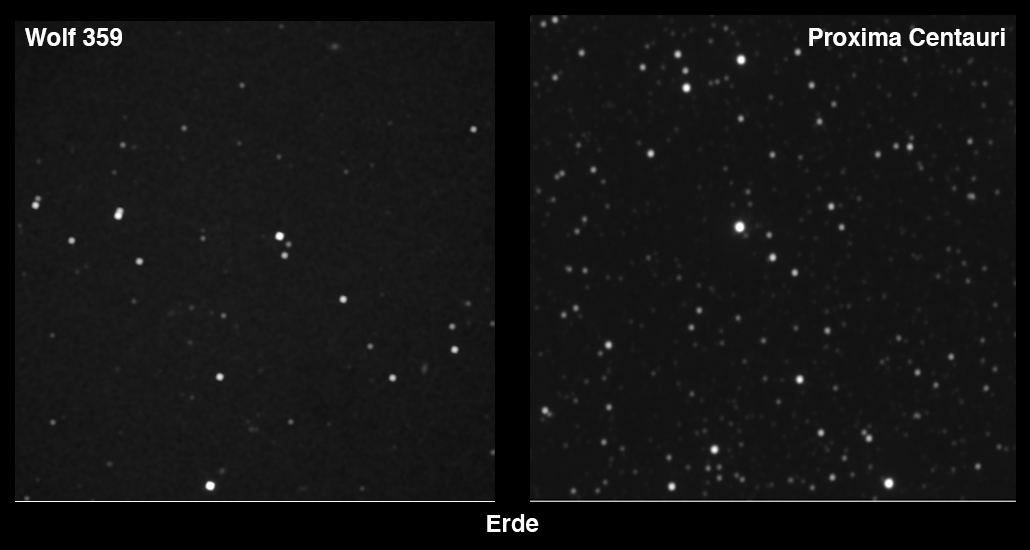
The New Horizons spacecraft is humanity's fastest-moving spacecraft and headed to interstellar space. Since its exploration of Pluto 10 years ago and subsequent flyby of Arrokoth in 2019, it's been traversing and studying the Kuiper Belt while looking for other flyby objects. That's not all it's been doing, however. New Horizons also has an extended program of making heliophysics observations. The mission science team has also planned astrophysical studies with the spacecraft's instruments. Those include measuring the intensity of the cosmic optical background and taking images of stars such as Proxima Centauri. As the spacecraft moves, the apparent positions of its stellar navigation targets have changed, but that hasn't bothered New Horizons one bit. It knows exactly where it is thanks to 3D observations of those nearby stars.
Continue reading
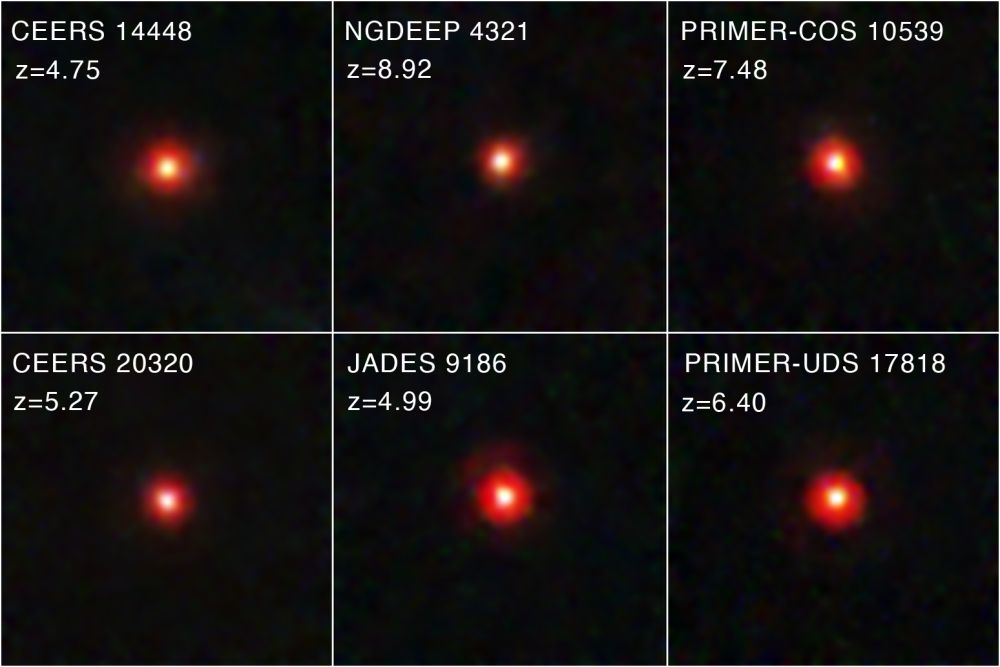
What are the JWST's Little Red Dots? While they appear to be galaxies, there's no observational certainty. New research examines the idea that they're actually stars, suggesting that they're actually the progenitors for supermassive black holes.
Continue reading
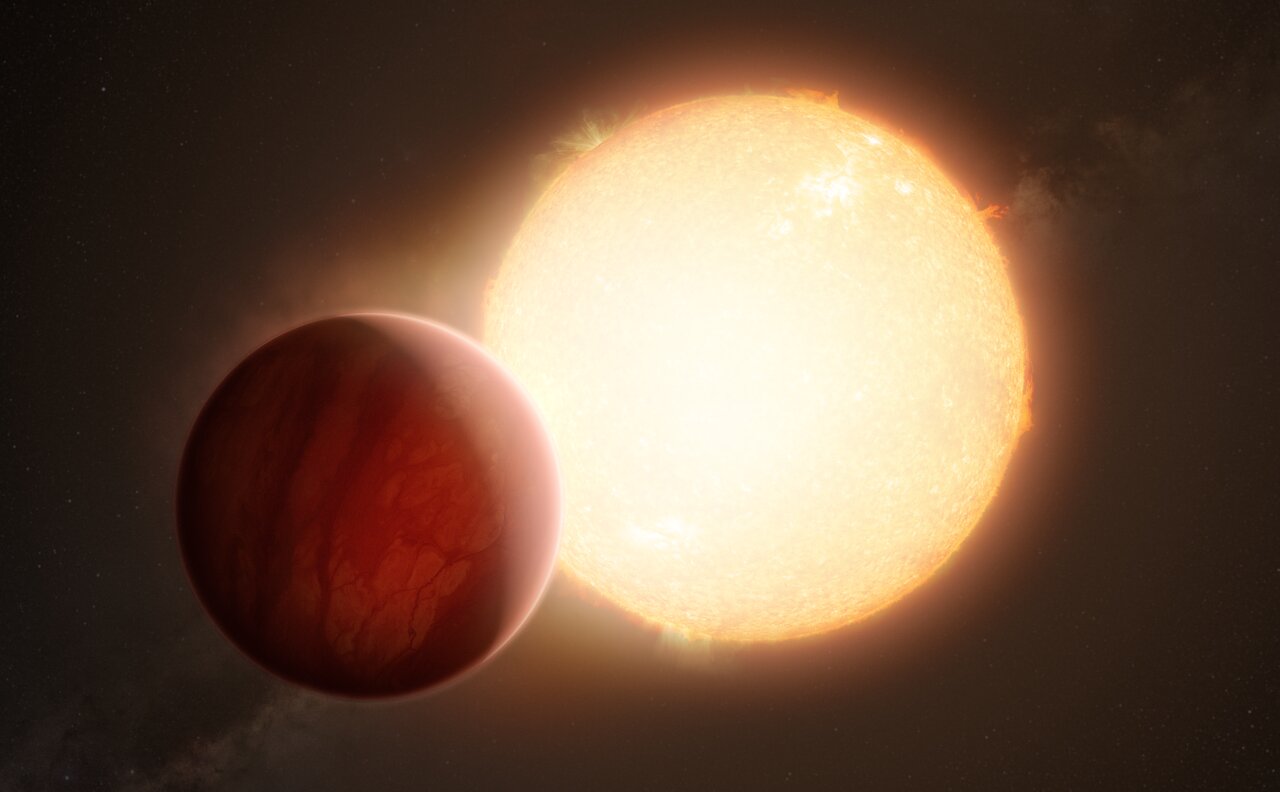
Magnetic fields play an important, if sometimes underappreciated, part in planetary systems. Without a strong magnetic field, planets can end up as a barren wasteland like Mars, or they could indirectly affect massive storms as can be seen on Jupiter. However, our understanding of planetary magnetic fields are limited to the eight planets in our solar system, as we haven’t yet accrued much data on the magnetic fields of exoplanets. That could be about to change, according to a new preprint paper by a group of research scientists from Europe, the US, India and the UAE.
Continue reading
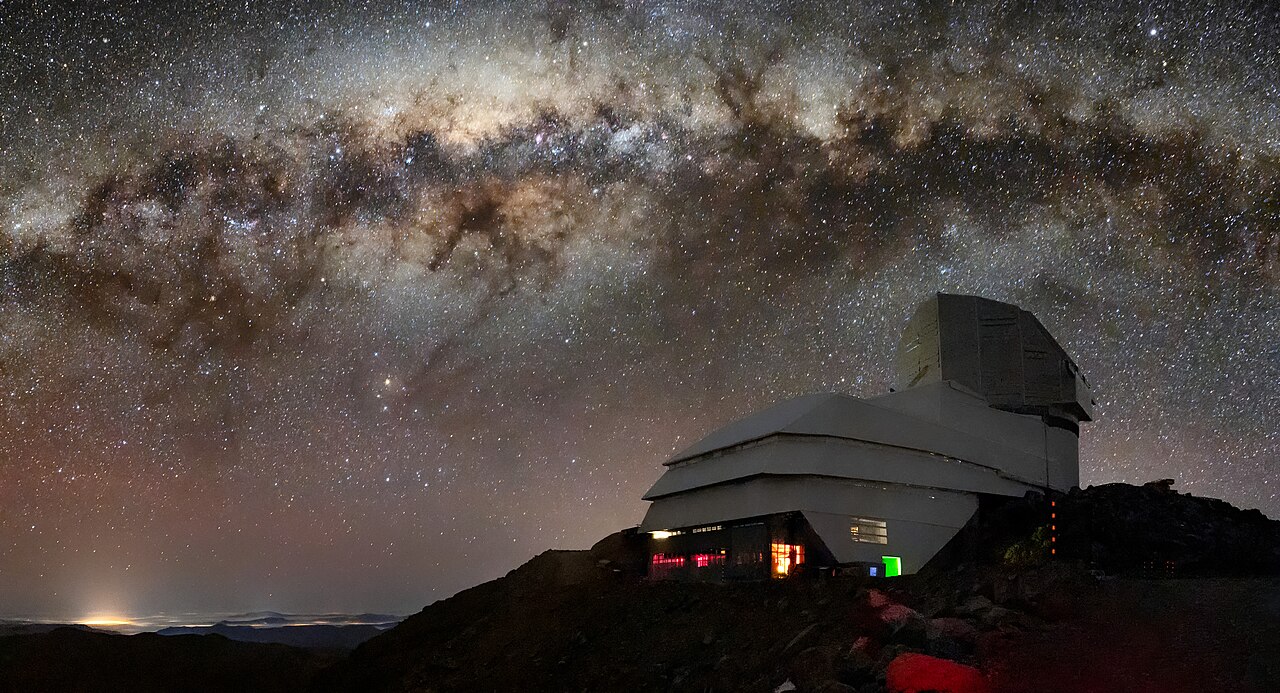
Just imagine it, the news stories are all over your phone when you wake! The day will surely come that we will discover that we are not alone in the Universe! What happens the day after though? A new research paper from the SETI Post Detection Hub at the University of St Andrews tackles this question, outlining how NASA and the global scientific community should prepare for the moment humanity detects signs of extraterrestrial intelligence.
Continue reading
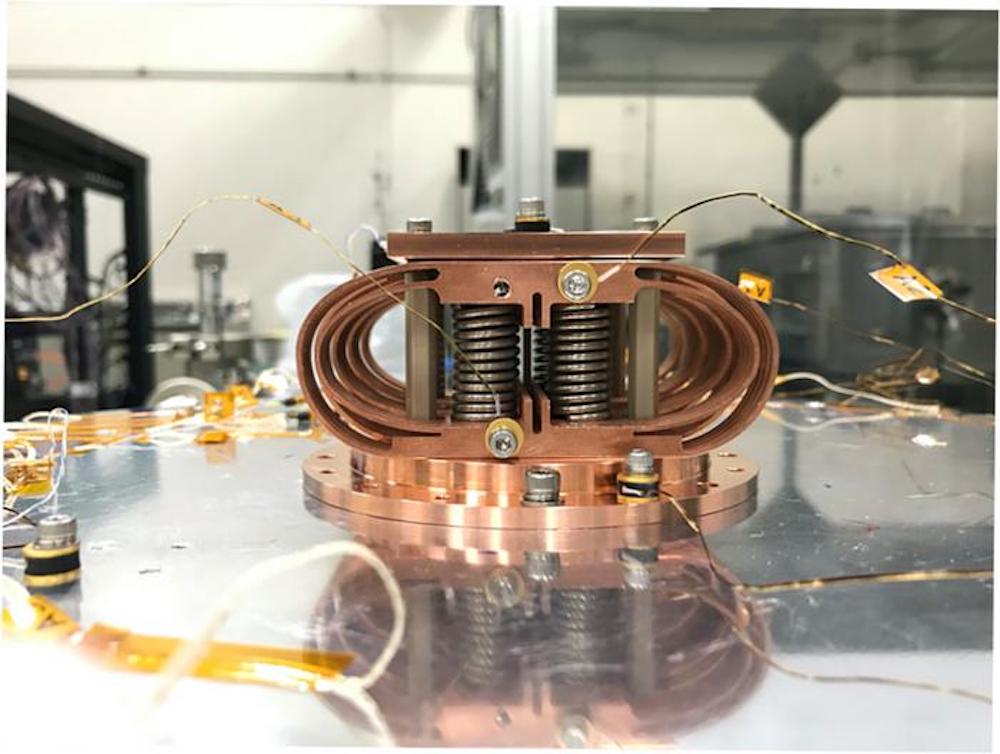
Scientists have achieved a breakthrough that could revolutionise space exploration with a "smart" metal alloy that remembers its shape even in the bone chilling cold of outer space. This remarkable copper based material can be twisted and deformed when cold, then automatically snap back to its original form when heated, maintaining this mechanical "memory" at temperatures as extreme as -200°C. The discovery solves a critical challenge that has limited spacecraft design for decades, opening the door to more reliable satellites, space telescopes, and future missions to the frozen reaches of our Solar System and beyond.
Continue reading
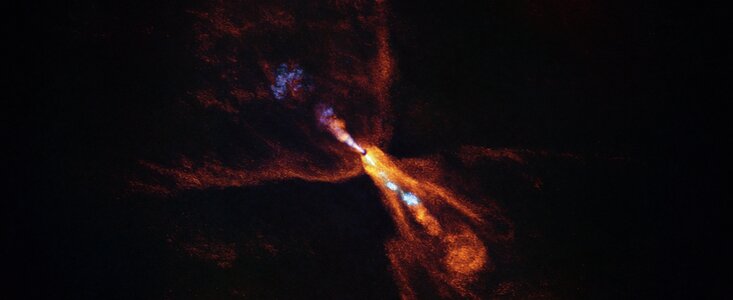
Astronomers have seen exoplanetary systems at almost every stage, from extremely young to older than the Solar System. But now, they've spotted the exact moment when planet formation is initiated around a young star. Meteorites store a history of when the first minerals formed in the Solar System, and the ALMA telescope has seen the signal of these minerals forming in a protostellar system, about 1,300 light-years from Earth.
Continue reading

 Universe Today
Universe Today


















